In the mesmerizing world of reptiles, few processes are as remarkable as ecdysis—the shedding of skin that snakes undergo periodically throughout their lives. While this natural phenomenon might appear to simply provide snakes with a fresh new coat, the reality is far more complex. The period immediately following a shed represents one of the most vulnerable phases in a snake’s life cycle. During this time, these typically formidable predators find themselves in a precarious position, facing numerous challenges that can compromise their survival. From physical limitations to increased predation risk, post-shedding vulnerability is a fascinating but often overlooked aspect of snake biology. Understanding this vulnerable period not only provides insight into snake behavior but also highlights important considerations for both wild snake conservation and proper captive care.
The Fundamentals of Snake Shedding
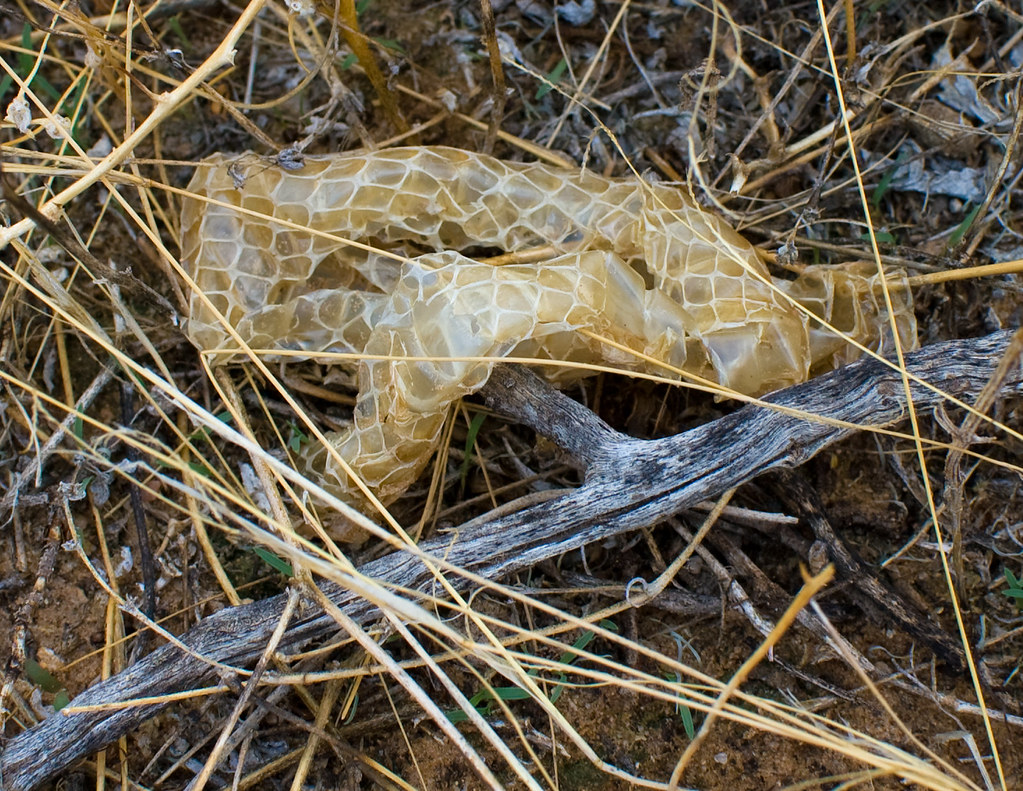
Snake shedding, scientifically known as ecdysis, is a natural process where snakes remove their old outer skin layer to accommodate growth and replace worn scales. Unlike mammals that continuously shed skin cells, snakes discard their entire outer layer in one connected piece, often called a “shed” or “slough.” This process is triggered by hormonal changes and typically occurs several times a year, with frequency depending on the snake’s age, growth rate, and species. Younger, rapidly growing snakes may shed every few weeks, while adult snakes might shed only 2-4 times annually. Before shedding begins, snakes enter a preparatory phase where bodily fluids separate the old skin from the new skin forming underneath, creating the characteristic “blue” or cloudy appearance in their eyes as the spectacle (eye covering) begins to separate.
Why Snakes Shed Their Skin
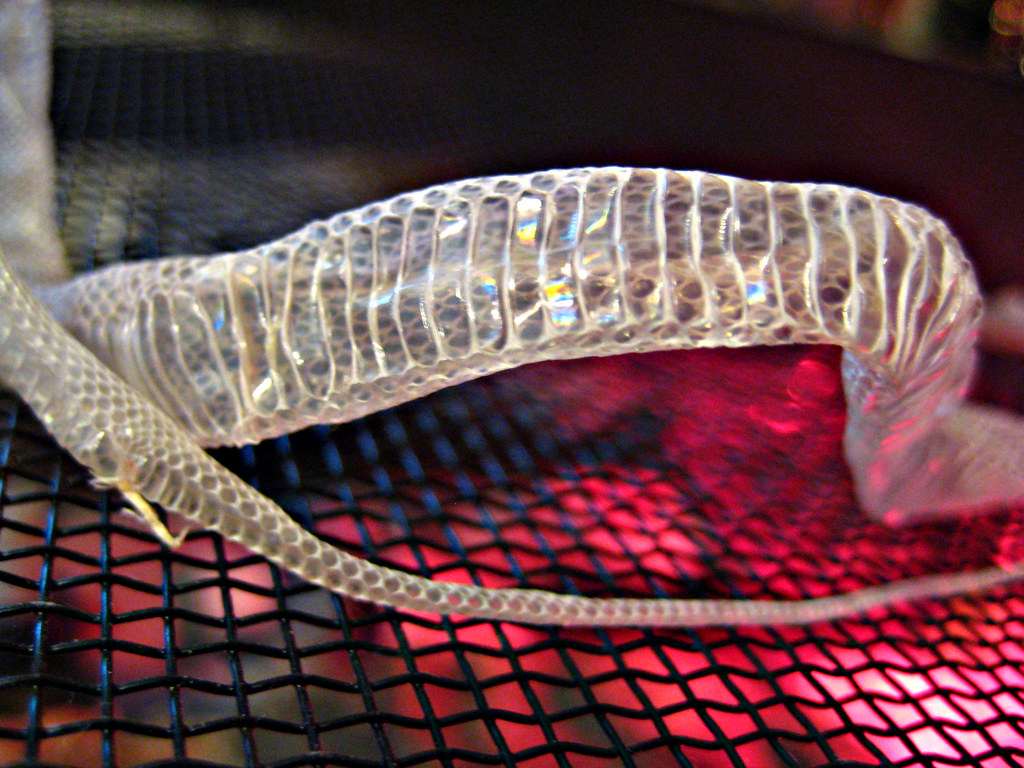
Shedding serves multiple critical functions beyond simply accommodating a snake’s growing body. Primarily, it allows for physical growth as snakes, unlike mammals, cannot expand their skin gradually; instead, they must completely replace it to increase in size. Additionally, shedding removes parasites, injuries, and scarring that may have accumulated on the old skin, serving as a natural reset for the snake’s exterior. The process also replaces damaged scales that protect the snake from moisture loss and physical injuries, ensuring optimal functionality. Perhaps most importantly, shedding restores the specialized microstructures on scales that are essential for smooth locomotion, sensory perception, and, in some species, specialized functions like heat detection in pit vipers or enhanced friction in climbing species.
The Shedding Process Explained
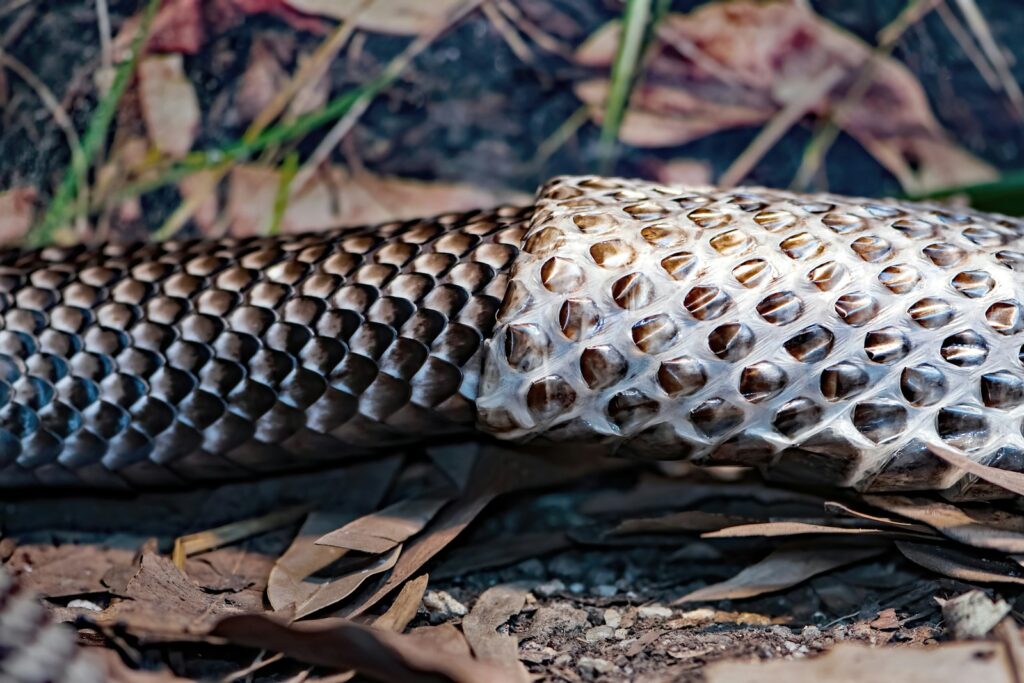
The complete shedding process unfolds through distinct phases spanning approximately one to two weeks from start to finish. Initially, the snake enters the pre-shedding or “blue” phase, characterized by dull skin color and the cloudy blue appearance of the eyes as lymphatic fluid accumulates between the old and new skin layers. After several days, the eyes clear, signaling the snake is nearing the active shedding phase. The actual shedding begins when the snake rubs its snout against rough surfaces to create a tear around the mouth area. From this initial tear, the snake slithers forward, essentially crawling out of its old skin and turning it inside out in the process. Healthy snakes typically shed their skin in one complete piece, with the intact shed maintaining the detailed imprint of scales and even the transparent eye caps. After completing this taxing process, the snake emerges with brilliantly colored, fresh scales, but enters a period of significant vulnerability.
The New Skin’s Initial Fragility
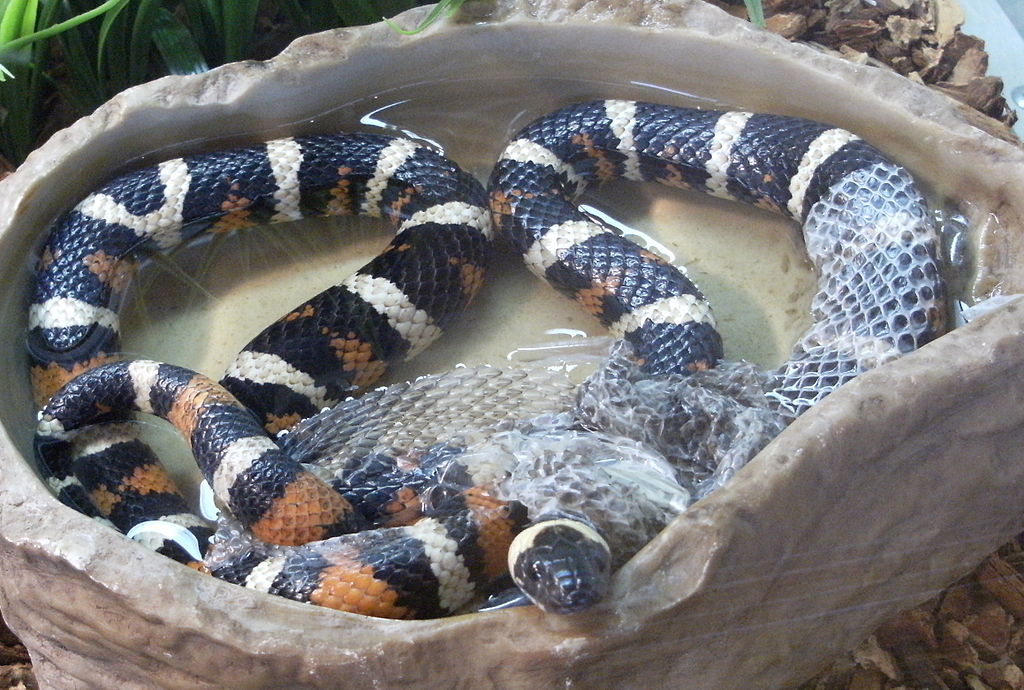
Immediately after shedding, a snake’s new skin appears vibrant but lacks the protective hardening that develops over the subsequent days. This fresh skin contains higher moisture content and hasn’t yet formed the complete cross-linking of proteins that gives mature scales their strength and protective qualities. The outer layer of scales, comprised primarily of beta-keratin proteins, needs time to properly bond and harden through a process similar to the curing of other natural materials. During this hardening period, the skin remains more susceptible to abrasions, punctures, and bacterial infiltration than normal. Additionally, the lipid layers between scales that help prevent water loss haven’t fully developed, leaving newly shed snakes at greater risk of dehydration, especially in arid environments. This temporary vulnerability creates a window of approximately 24-48 hours during which snakes must be particularly cautious to avoid physical damage to their integumentary system.
Sensory Impairment During Recovery
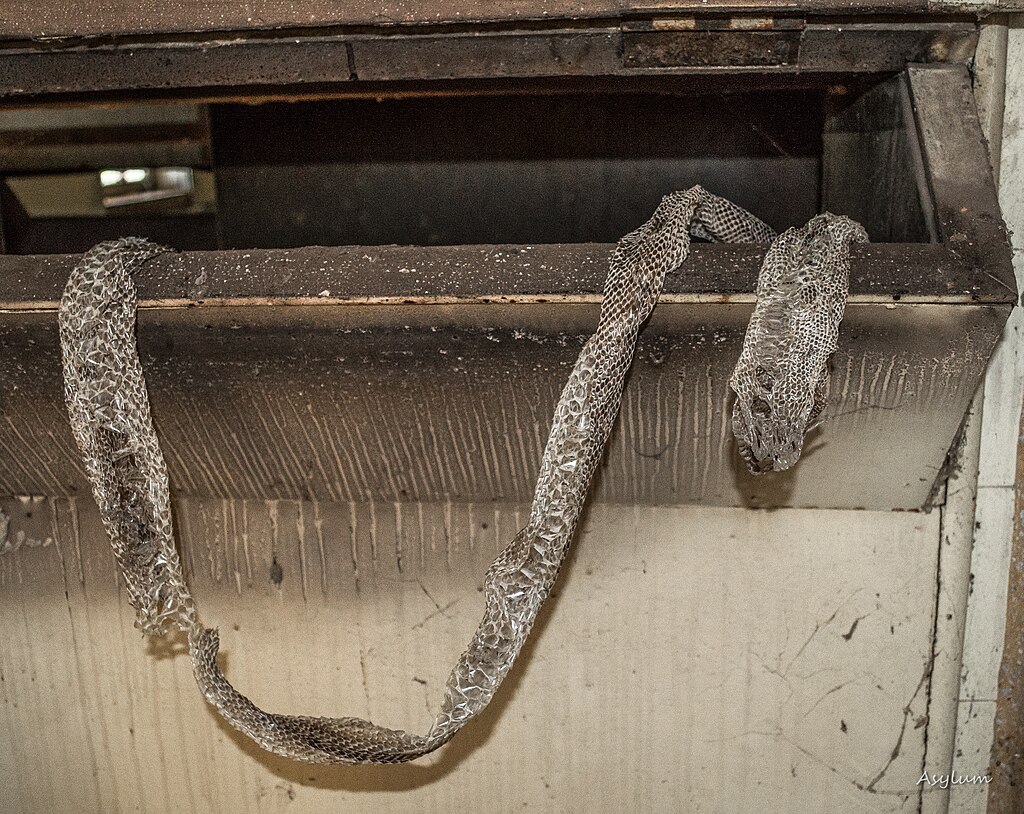
The post-shedding period brings temporary sensory limitations that further compound a snake’s vulnerability. While the snake’s vision improves dramatically compared to the pre-shedding “blue” phase, the new spectacles (transparent eye scales) are still adjusting, potentially causing brief periods of visual disorientation. Heat-sensing pit organs in vipers and boas may experience temporarily reduced sensitivity as the tissues regenerate their fine surface structures. The snake’s vomeronasal system, critical for chemical sensing via the tongue, functions with slightly diminished capacity as the new epithelium settles into optimal condition. These combined sensory impairments, though each relatively minor, create a cumulative effect that may reduce a snake’s ability to detect approaching predators or accurately target prey, creating a window of vulnerability until all sensory systems return to peak functionality, typically within 24-48 hours post-shed.
Increased Predation Risk
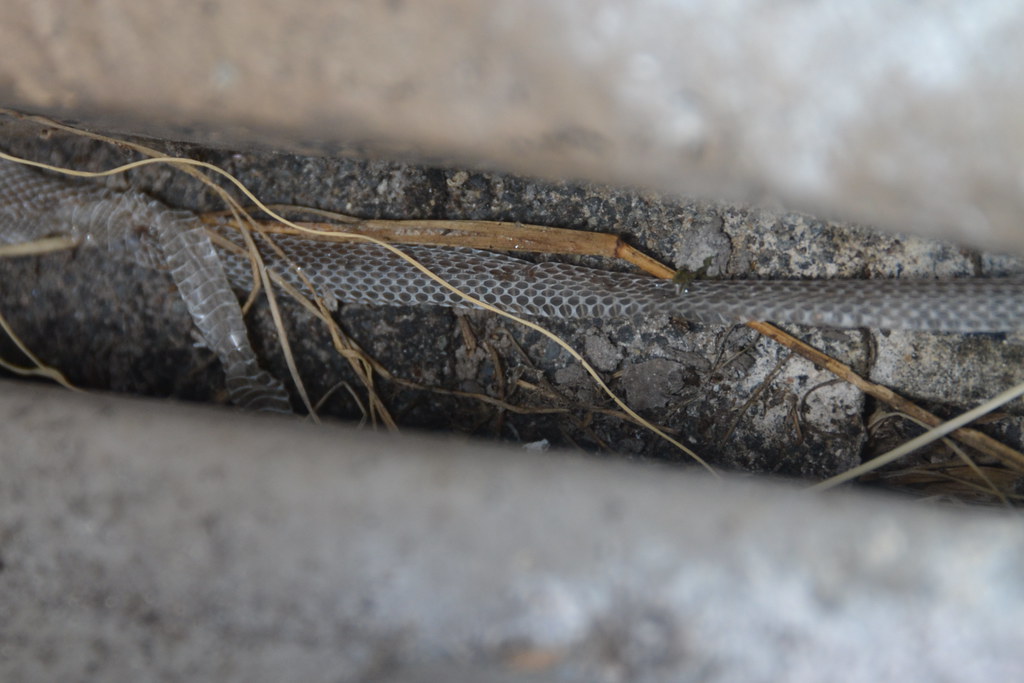
The vulnerability of freshly shed snakes makes them particularly attractive targets for predators who might otherwise avoid these reptiles. The bright, vibrant coloration of newly shed scales often lacks the subtle patina that helps snakes blend into their surroundings, temporarily making them more visible to sharp-eyed predators like birds of prey, mammalian carnivores, and even larger reptiles. Behavioral changes during recovery, such as reduced defensive responses and slower reaction times, further compromise their ability to evade capture. Some predators, particularly those with keen olfactory senses, may be able to detect the distinct scent of a freshly shed snake—a combination of skin proteins and specialized lipids that creates a temporarily recognizable chemical signature. Research has shown that snakes experience significantly higher predation rates during the 48-hour window following ecdysis compared to other periods in their life cycle, confirming the critical nature of this vulnerable phase.
Compromised Defensive Capabilities
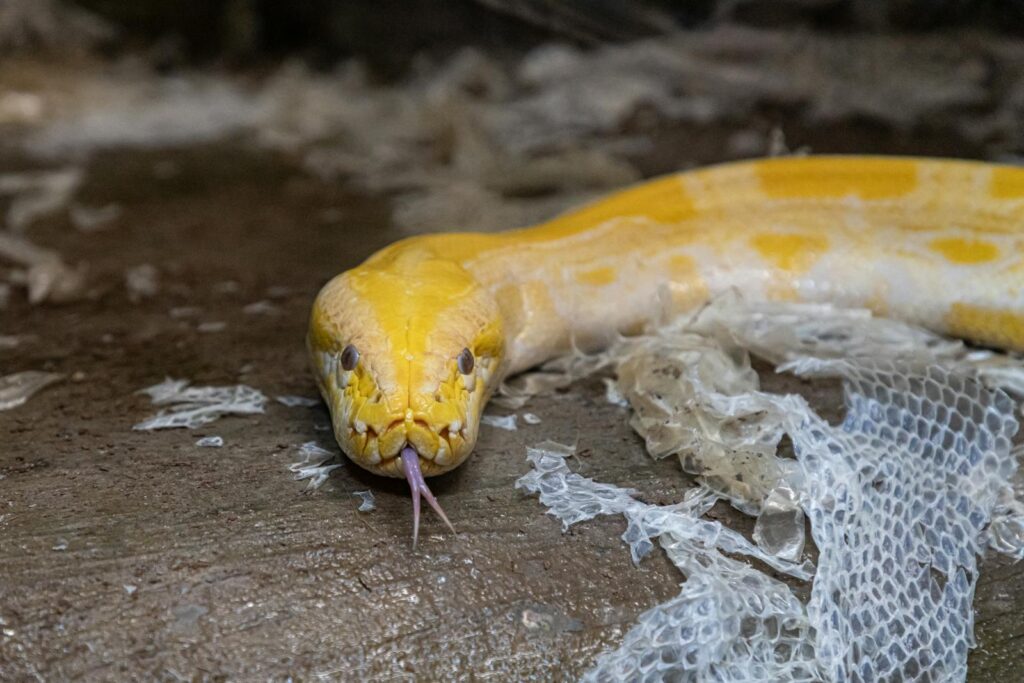
A snake’s ability to defend itself becomes notably compromised immediately following the shedding process. Venomous species often experience temporarily depleted venom reserves, as the energetically expensive shedding process diverts resources away from venom production. Studies have documented that the first defensive or predatory strike after shedding may deliver significantly less venom than normal, potentially reducing the effectiveness of this crucial defense mechanism. Constricting species like pythons and boas may experience reduced muscular efficiency for 24-48 hours post-shed, weakening their constricting power when capturing prey or defending against threats. Additionally, the physical fatigue resulting from the shedding process itself, where snakes must exert considerable energy to extract themselves from the old skin, leaves them temporarily depleted of the energy reserves necessary for sustained defensive behaviors like striking, fleeing, or producing defensive musk.
Energy Depletion and Feeding Challenges
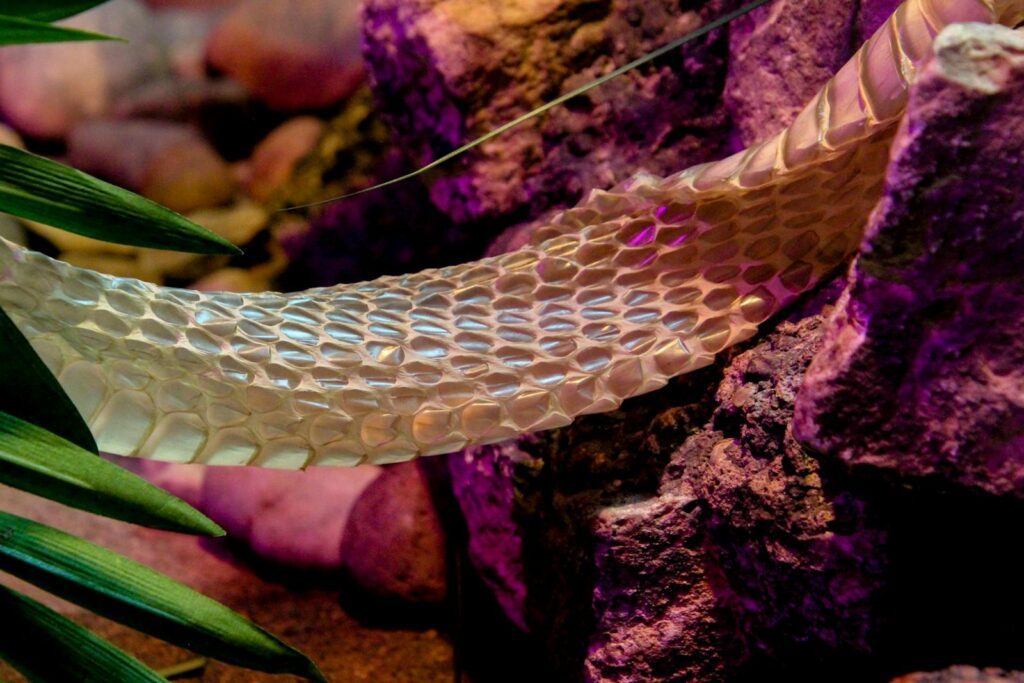
The shedding process represents one of the most energy-intensive activities in a snake’s life cycle, often leaving the animal in an energy deficit immediately afterward. Studies measuring metabolic rates in various snake species have shown energy expenditure increases of 30-60% during the active shedding phase compared to baseline levels. This depletion creates a paradoxical situation where the snake urgently needs to replenish energy reserves through feeding but must do so while operating with compromised hunting abilities. Many species cease feeding during the pre-shedding phase as vision becomes impaired, creating a potential fasting period of 1-3 weeks, depending on the species. The post-shed feeding drive is typically intense, potentially leading snakes to take greater risks or attempt to capture prey that might normally be avoided, further increasing vulnerability. Successful feeding becomes critical during this recovery window, as continued energy deficit can extend the period of vulnerability and potentially impact the snake’s next growth and shedding cycle.
Behavioral Adaptations to Reduce Risk
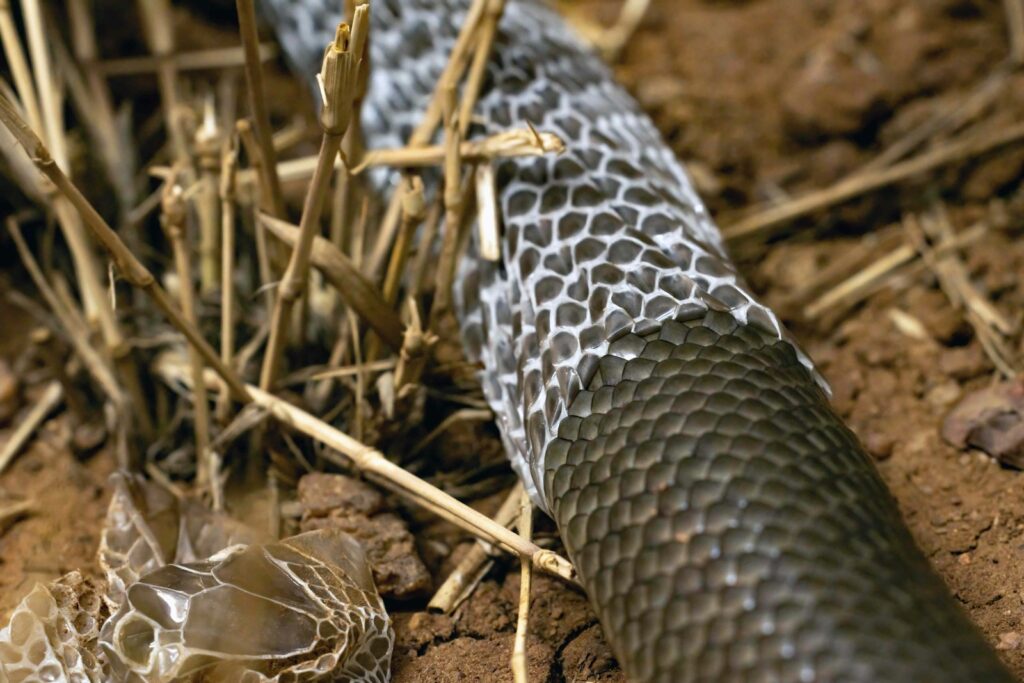
Snakes have evolved specific behavioral strategies to mitigate their vulnerability during the post-shedding period. Many species significantly reduce movement and activity levels immediately after shedding, often seeking secure shelter where they can remain hidden while their new skin and sensory systems fully develop. Research tracking wild snakes has documented movement reductions of up to 70% during the 48 hours following ecdysis compared to normal activity patterns. Specific microhabitat selection becomes crucial during this time, with snakes preferentially choosing locations that offer maximum concealment with minimal energy expenditure to reach them. Some species exhibit interesting timing adaptations, preferentially shedding during nighttime hours when visual predators are less active, or during seasonal periods when predator populations may be reduced. These behavioral modifications represent evolutionary responses to the inherent risks of the post-shedding period and highlight the biological significance of this vulnerable phase.
Vulnerability Variations Across Species
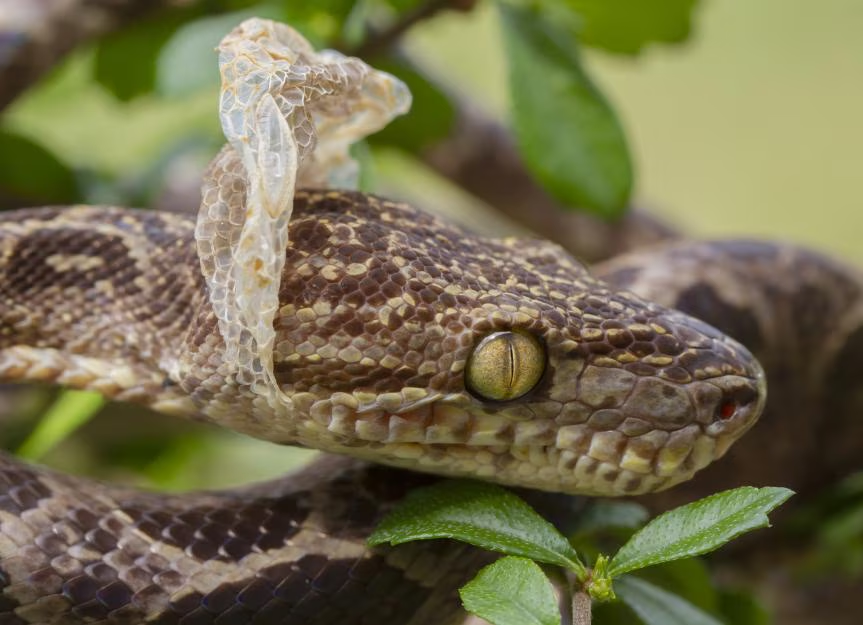
The degree of post-shedding vulnerability varies significantly across the approximately 3,900 snake species worldwide, influenced by evolutionary adaptations and ecological niches. Arboreal species like emerald tree boas and green tree pythons experience particularly pronounced vulnerability, as their specialized climbing adaptations require precisely functioning scales and sensory organs to navigate their three-dimensional habitat safely. Aquatic snakes face unique challenges as their fresh scales temporarily lack the hydrophobic properties that normally protect them from waterlogging and skin infections in their moist environment. Desert-dwelling species must contend with increased water loss through their fresh integument while inhabiting environments with minimal humidity. Interestingly, some highly venomous species appear to have evolved compensatory mechanisms, including behavioral modifications and more rapid hardening of new scales, potentially reflecting the evolutionary pressure to minimize vulnerability when lacking the size advantage of larger constrictors. These variations demonstrate how natural selection has shaped shedding physiology to balance growth requirements against post-shedding risk factors.
Implications for Captive Snake Care
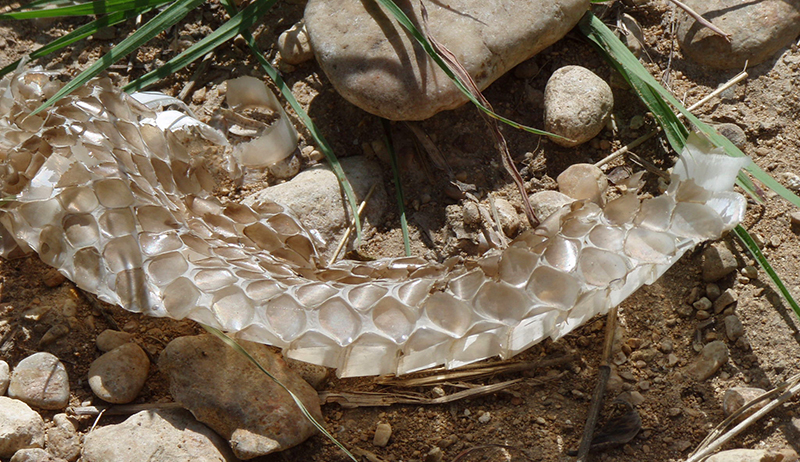
The vulnerability of post-shed snakes carries important implications for responsible captive husbandry practices. Reptile keepers should provide secure hiding areas with appropriate substrate textures that won’t damage fresh scales during this sensitive period. Handling should be strictly minimized or eliminated for 48-72 hours after a completed shed to prevent stress and potential damage to the new skin layer. Proper humidity management becomes especially critical during this time, as newly shed snakes face an increased risk of dehydration until their integumentary system fully matures. Feeding schedules should be thoughtfully planned, generally waiting 24 hours post-shed before offering food, allowing the snake’s digestive and sensory systems to recover optimal functionality. For communal species occasionally kept together, temporary separation following shedding may be advisable to prevent opportunistic aggression from tankmates. These specialized care considerations acknowledge the biological vulnerability of this period and help mitigate risks that wild snakes would normally address through behavioral adaptations unavailable in captivity.
Conservation Considerations
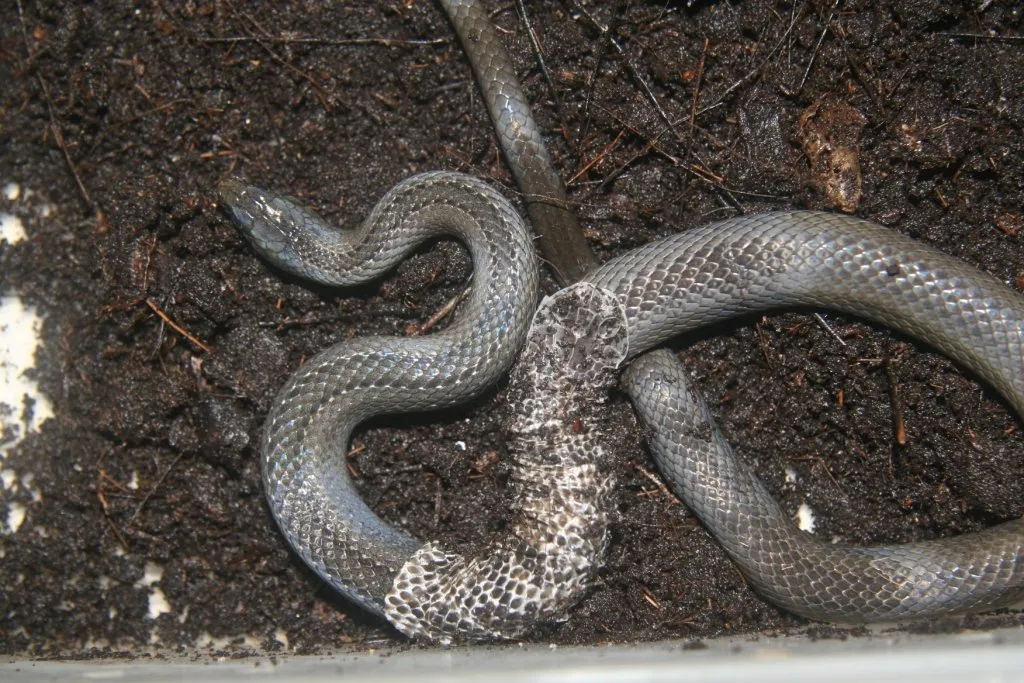
Understanding post-shedding vulnerability offers important insights for snake conservation efforts and habitat management practices. Conservation programs should consider the increased risk factors when timing relocations or reintroductions of endangered snake species, avoiding scheduling these activities immediately before predicted shedding cycles. Habitat corridors connecting suitable environments should include adequate shelter options that can serve as safe havens during vulnerable periods. The preservation of microhabitat diversity within protected areas becomes particularly important for snake conservation, as these animals require specific retreat sites during their vulnerable phases. Research has suggested that human activities causing environmental disturbances may disproportionately impact snakes during their shedding cycles, when their ability to relocate to safer areas is compromised. Climate change presents additional challenges, as altered temperature and humidity patterns may disrupt the optimal conditions for successful shedding and post-shed recovery, potentially extending vulnerability periods and increasing mortality rates among wild snake populations.
Future Research Directions
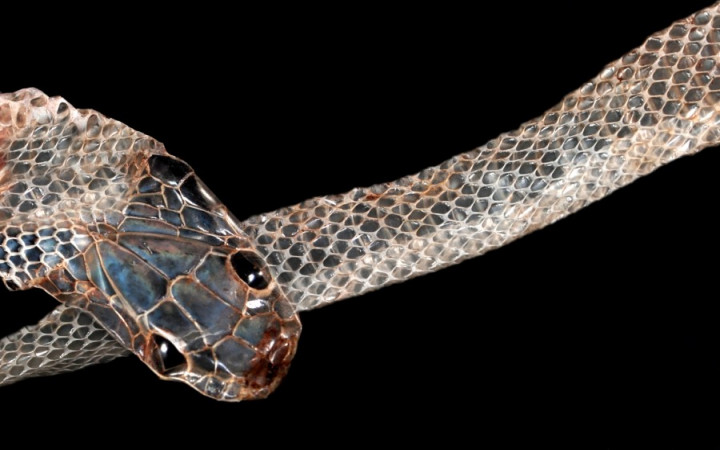
Despite significant advances in understanding snake physiology, numerous questions about post-shedding vulnerability remain unanswered, presenting rich opportunities for future research. More detailed investigations into the biochemical processes of scale hardening could potentially reveal variations between species and lead to improved care protocols for captive reptiles. Comparative studies examining predation rates during specific post-shedding time windows could quantify vulnerability with greater precision and identify which predator species pose the greatest threat during this period. The potential impacts of environmental toxins on the shedding process and subsequent recovery represent another critical area for investigation, particularly as habitat contamination affects increasingly threatened snake populations worldwide. Technological advances in miniaturized tracking devices now enable researchers to monitor wild snake movements and behaviors with unprecedented detail, offering new possibilities to document how these animals naturally manage their vulnerability periods in various ecosystems. These research directions not only advance our scientific understanding but may also provide crucial insights for both conservation efforts and ethical captive care practices.
The post-shedding vulnerability period represents a fascinating paradox in snake biology—a necessary renewal process that simultaneously creates a window of significant risk. From their temporarily fragile skin to compromised sensory systems and defensive capabilities, newly shed snakes navigate a precarious balance between growth requirements and survival challenges. The various adaptations snakes have evolved to minimize these risks highlight the evolutionary significance of this vulnerable phase and demonstrate nature’s elegant solutions to biological trade-offs. For those keeping snakes in captivity, understanding this vulnerability creates opportunities to provide more thoughtful and species-appropriate care. For conservation efforts, it offers insights into critical periods when protection may be most important. As we continue to study and appreciate these remarkable reptiles, the humble shedding process reveals itself not merely as a discarded skin but as a window into the complex interplay of physiology, behavior, and ecology that shapes all living things.




